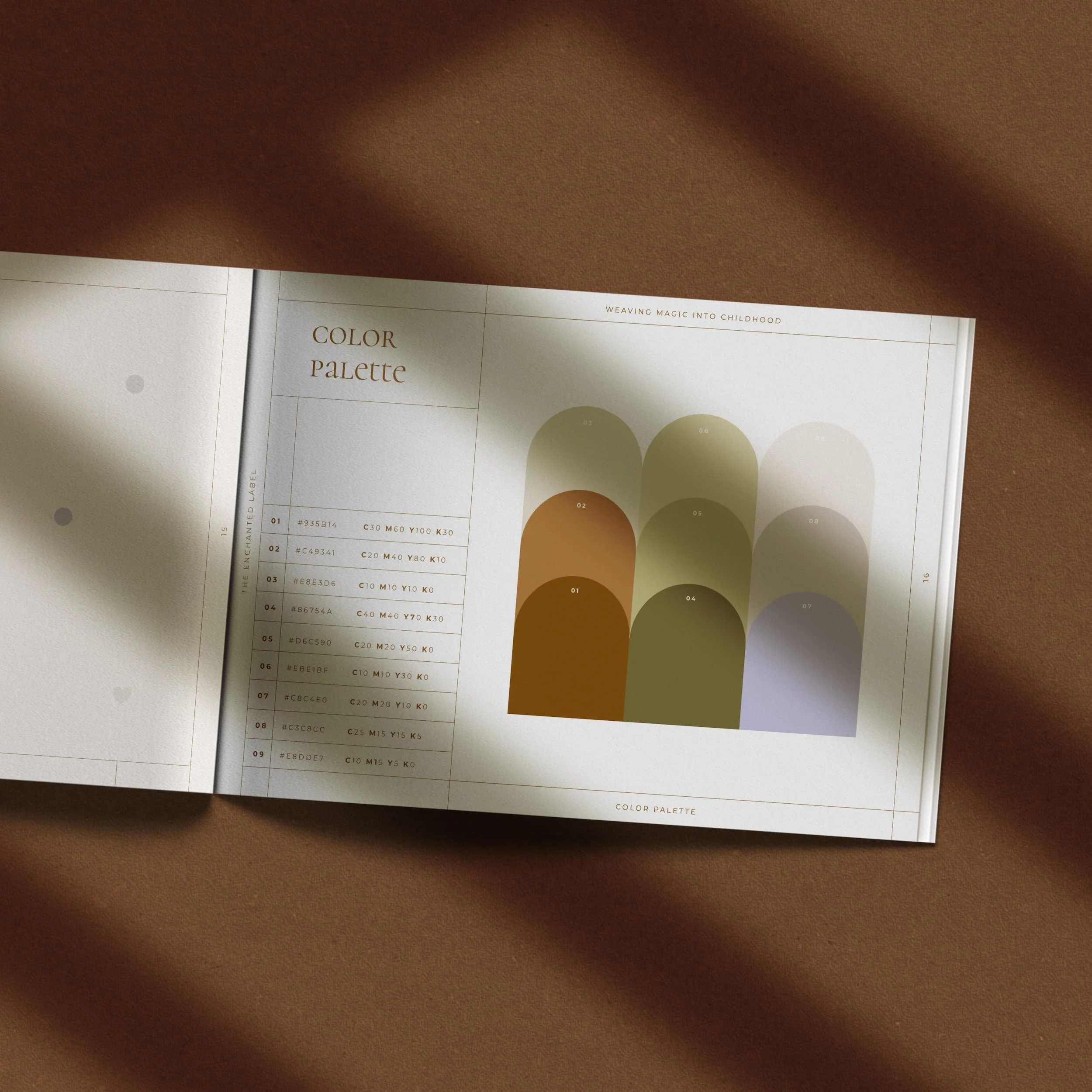Warum gutes Design Emotion haben muss
Design, das berührt
Gutes Design geht über Ästhetik hinaus. Es schafft Erlebnisse, löst Emotionen aus und bleibt im Gedächtnis. Emotionales Design verbindet Strategie, Psychologie und visuelle Gestaltung, um Marken nicht nur sichtbar, sondern spürbar zu machen. Doch wie gelingt es, eine emotionale Verbindung zu schaffen?
Warum Emotionen im Design wichtig sind
Menschen treffen Entscheidungen nicht nur rational, sondern vor allem emotional. Ob eine Marke als vertrauenswürdig, modern oder inspirierend wahrgenommen wird, hängt oft davon ab, wie sie sich anfühlt. Farben, Typografie, Bilder und Sprache beeinflussen unsere Emotionen und formen die Identität einer Marke.
Ein starkes emotionales Design:
Schafft Vertrauen und Wiedererkennbarkeit
Fördert Markenbindung durch positive Erlebnisse
Erzeugt Klarheit und Orientierung für die Zielgruppe
Die drei Ebenen des emotionalen Designs
Don Norman, Pionier der Designpsychologie, unterscheidet drei Ebenen,
auf denen Design Emotionen auslöst:
Viszerales Design – Der erste Eindruck zählt
Wir reagieren intuitiv auf das, was wir sehen. Harmonische Farben, stimmige Bildwelten und klare Formen wecken sofort Emotionen. Ein Boutique-Hotel mit warmen Naturtönen und hochwertigen Materialien wirkt beruhigend und einladend. Genau das, was Gäste suchen.
Behaviorales Design – Funktion, die sich gut anfühlt
Ein Design kann noch so schön sein – wenn es nicht funktioniert, frustriert es. Gutes UX/UI-Design sorgt für eine intuitive Navigation, schnelle Ladezeiten und eine logische Nutzerführung. Eine Website für ein Yoga-Studio sollte ruhig und reduziert gestaltet sein, damit Nutzer:innen sich sofort wohlfühlen und mühelos Kurse buchen können.
Reflektives Design – Marken mit Bedeutung
Die tiefste emotionale Ebene entsteht, wenn sich Nutzer:innen mit einer Marke identifizieren. Warum bevorzugen wir bestimmte Produkte oder fühlen uns von bestimmten Brands angezogen? Weil sie Werte vermitteln, die zu uns passen. Eine nachhaltige Beauty-Marke, die auf Natürlichkeit setzt, spricht Kund:innen an, die bewusste Entscheidungen treffen wollen.
Wie du Emotionales Design für deine Marke nutzt
Nutze die richtige Farbpsychologie – Farben erzeugen Stimmungen und beeinflussen Kaufentscheidungen.
Denke in Geschichten – Storytelling schafft Nähe und sorgt für emotionale Verbindung zur Marke.
Optimiere die UX/UI – Klar strukturierte Websites mit intuitiven Abläufen steigern Conversions.
Schaffe eine konsistente Markenwelt: Ob Social Media, Website oder Print.
Jedes Element sollte eine einheitliche emotionale Wirkung haben.
Unser Fazit
Emotionen als Erfolgsfaktor im Design
Emotionales Design ist mehr als ein Trend, es ist ein entscheidender Faktor für Markenwachstum und Kundenbindung. Wer Emotionen gezielt einsetzt, schafft eine Marke, die nicht nur gesehen, sondern gefühlt wird. Willst du eine Marke mit emotionaler Wirkung aufbauen?




